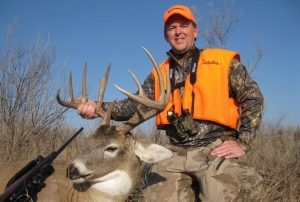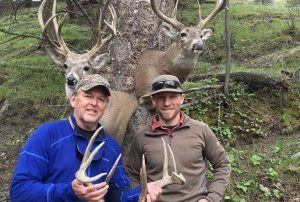2019 Oklahoma Deer Hunting Forecast
This fall I’ll be heading out to northeast Oklahoma, to a ranch I’ve never hunted before, to film an episode of BIG DEER TV. I was happy to read this report from the Oklahoma Dept. Of Wildlife. While I do not take this report to say it will be a banner year, it should be a good one: Oklahoma deer hunters have reason for optimism, and big game biologist Dallas Barber said habitat will have a big effect on the herd. “Just like the last few years, we have really been blessed with timely rains. These have really helped keep habitat looking good across most of the state,” he said. “As habitat continues to improve, deer populations also continue to [...]





